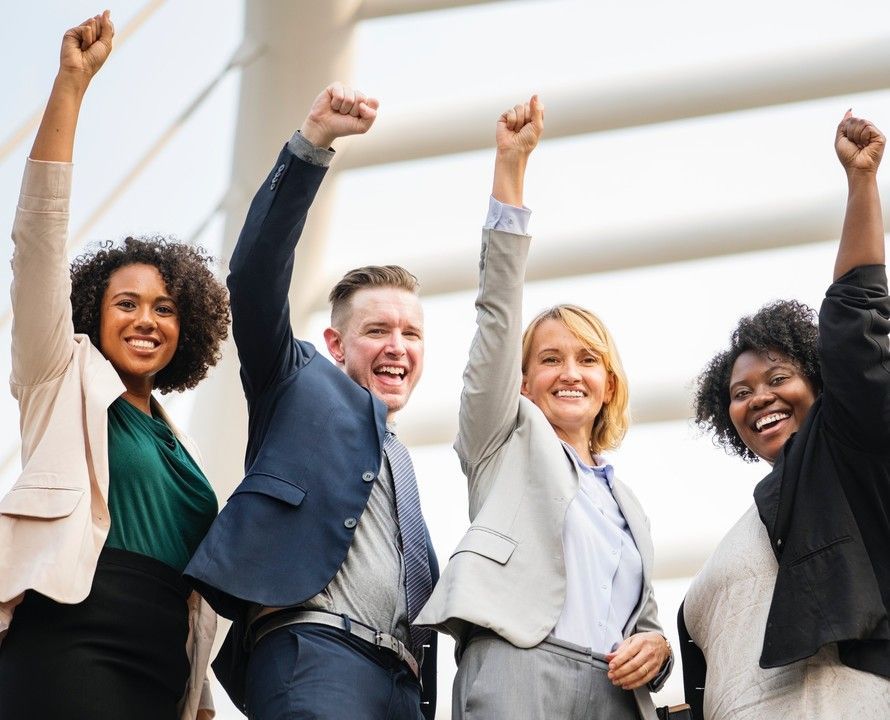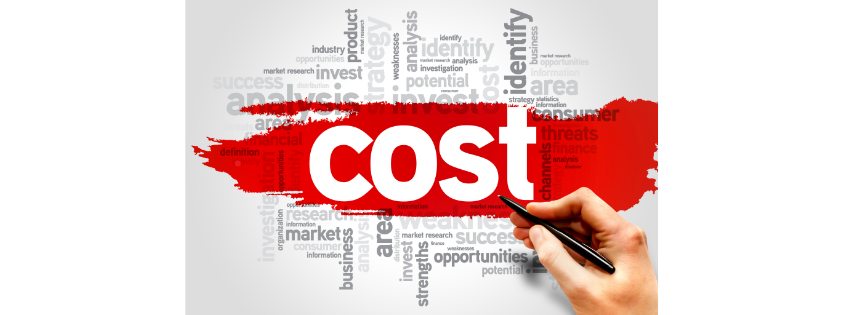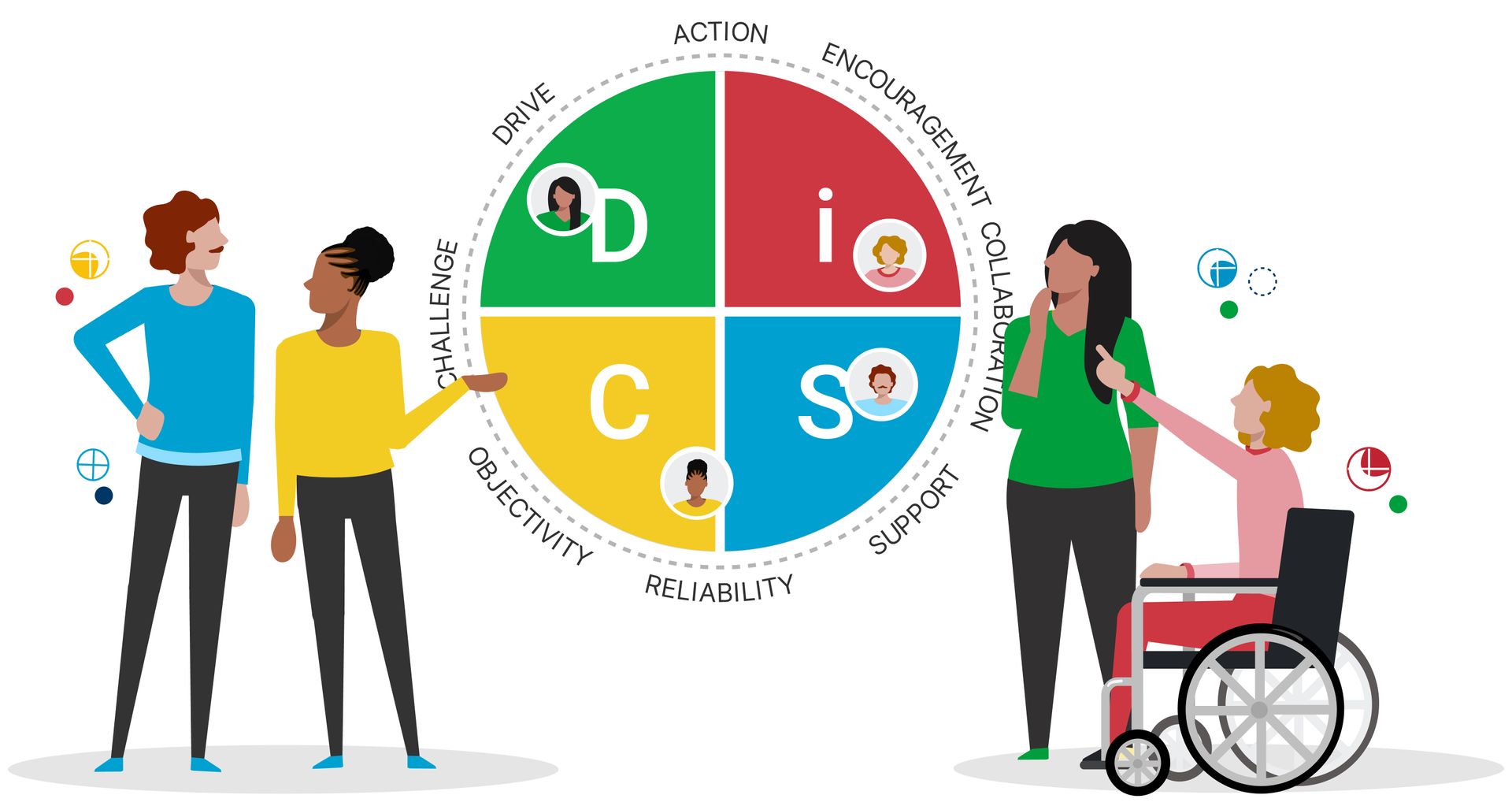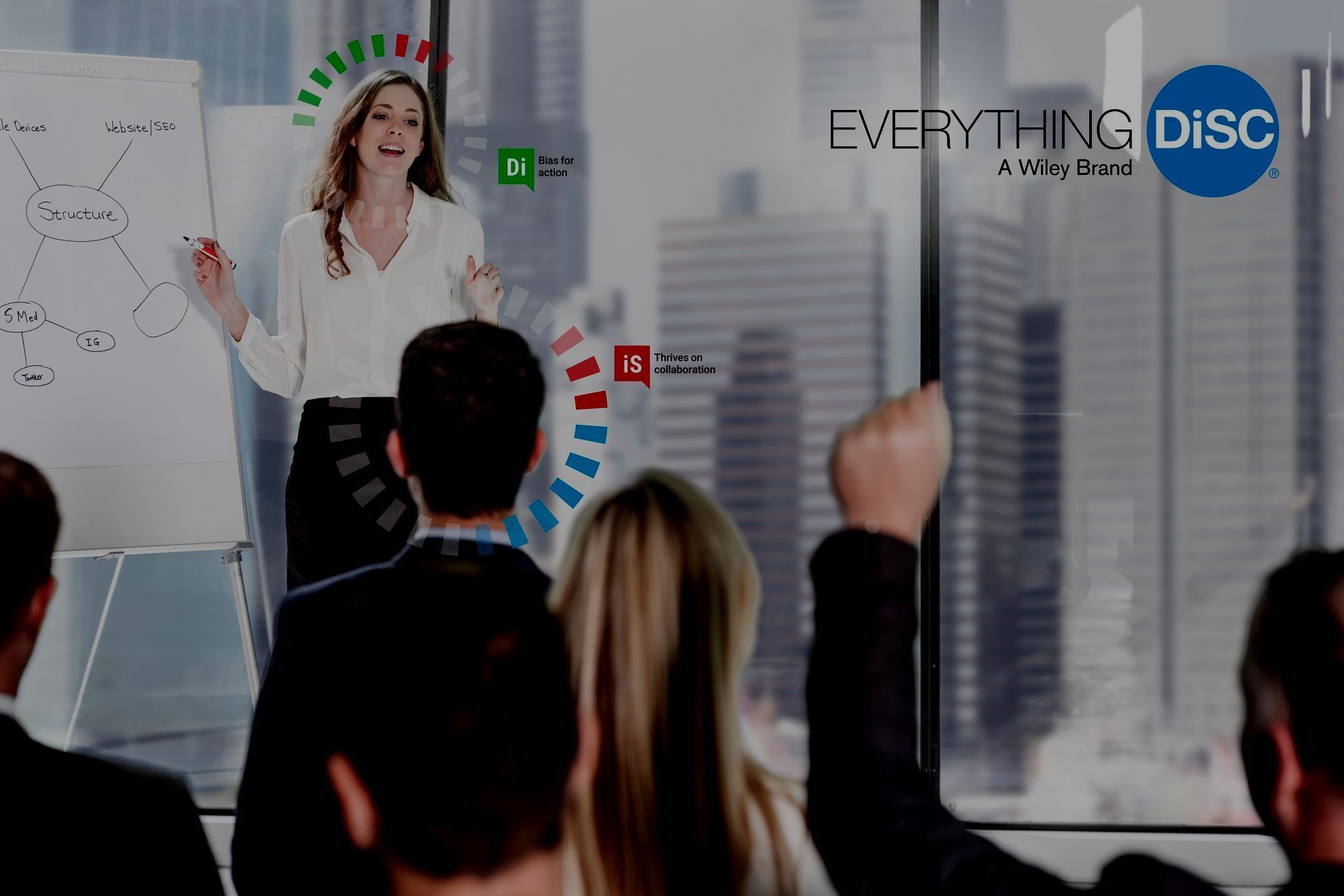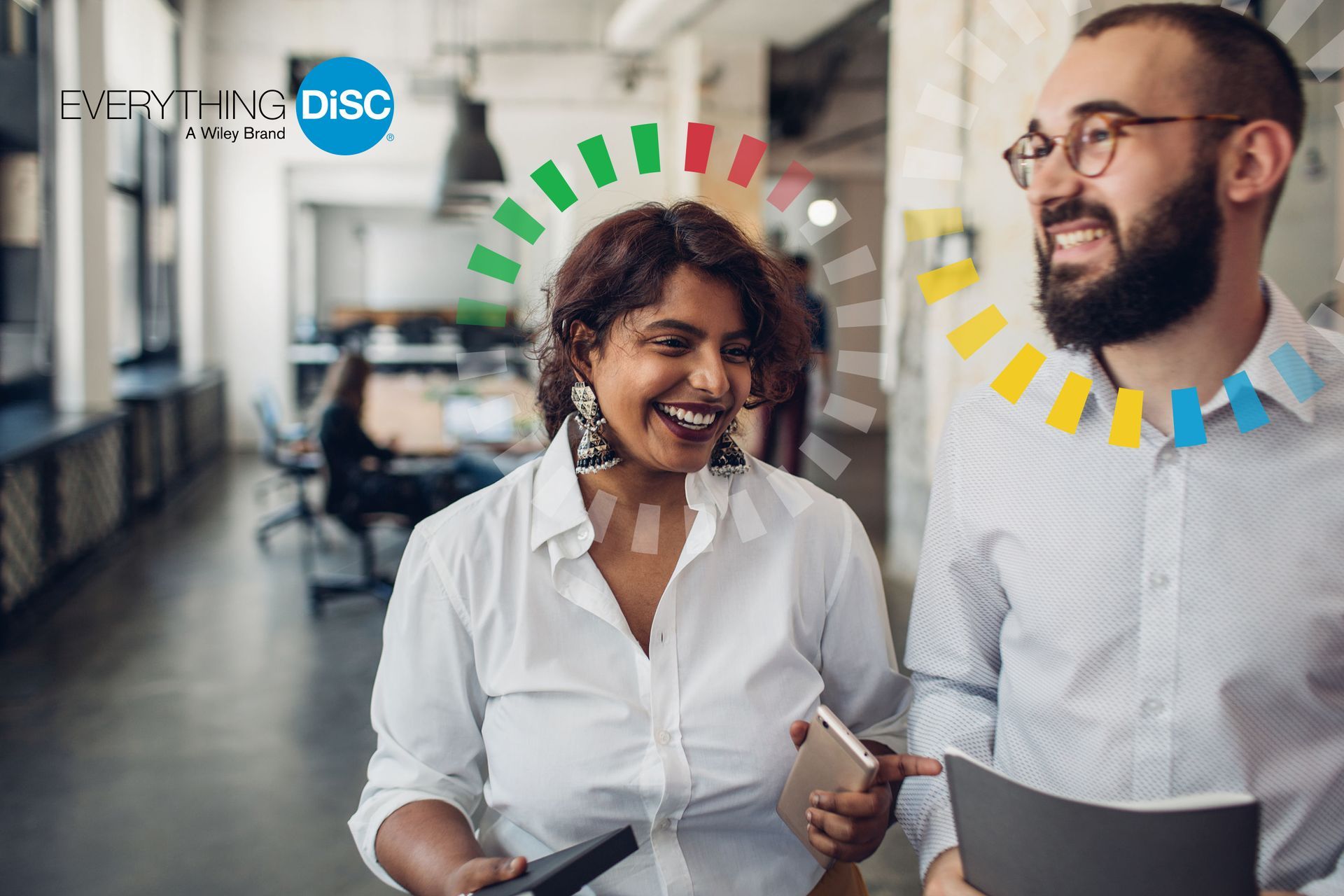By: Melissa Barlock
Remote Work: Breaking the Barriers of Location

Embracing the New Normal: Remote Work and Virtual Hiring
In the wake of the COVID-19 pandemic, remote work and virtual hiring have become the new normal for organizations worldwide. The need for physical distancing and the advancements in technology have accelerated the adoption of these practices. In this blog, we will explore the benefits, challenges, and best practices associated with remote work and virtual hiring.
Flexibility and Work-Life Balance:
Remote work offers unparalleled flexibility, allowing employees to work from the comfort of their homes or any location of their choice. This flexibility enables better work-life balance, as individuals can design their schedules to accommodate personal responsibilities while meeting work commitments. Employees can save time on commuting, reduce stress, and experience higher job satisfaction.
Increased Productivity and Engagement:
Contrary to traditional beliefs, remote work has proven to enhance productivity for many individuals. With fewer office distractions and the ability to create a personalized workspace, employees can focus better and accomplish tasks more efficiently. Additionally, remote work provides an opportunity for organizations to tap into a global talent pool, accessing diverse skill sets and perspectives.
Cost Savings:
Remote work not only benefits employees but also organizations. By embracing remote work, companies can significantly reduce overhead costs associated with office spaces, utilities, and other facilities. Moreover, remote work eliminates the need for extensive business travel, leading to substantial savings on transportation and accommodation expenses.
Virtual Hiring: Revolutionizing the Recruitment Process
Broader Talent Pool:
Virtual hiring enables organizations to access talent beyond geographical limitations. Hiring managers can conduct interviews and assessments with candidates from different cities, countries, or even continents. This broadens the talent pool, allowing organizations to find the best fit for their roles, irrespective of location.
Time and Cost Efficiency:
Virtual hiring streamlines the recruitment process by eliminating the need for in-person interviews, which can be time-consuming and costly. Video interviews and virtual assessment tools enable organizations to efficiently screen candidates, reducing the time-to-hire and overall recruitment costs. It also enables quicker decision-making, as virtual interviews can be scheduled without delays due to travel arrangements.
Enhanced Candidate Experience:
Virtual hiring can provide candidates with a positive experience. It allows them to interview from a comfortable and familiar environment, reducing nervousness and stress associated with traveling to an unfamiliar location. Moreover, virtual hiring demonstrates an organization's adaptability and technological prowess, which can positively impact a candidate's perception of the employer brand.
Best Practices for Remote Work and Virtual Hiring:
- Clear Communication: Establish regular and transparent communication channels to ensure effective collaboration and clarity among remote teams. Leverage tools like video conferencing, instant messaging, and project management software to facilitate seamless communication.
- Set Expectations: Clearly define expectations, deadlines, and deliverables to ensure remote employees have a clear understanding of their responsibilities. This clarity helps maintain productivity and accountability.
- Embrace Technology: Utilize virtual collaboration tools, project management platforms, and cloud-based storage systems to facilitate remote work. Invest in secure video conferencing software and virtual assessment platforms to conduct interviews and evaluations.
- Nurture Company Culture: Proactively foster a sense of community and connection among remote teams. Organize virtual team-building activities, online social gatherings, and regular check-ins to maintain employee engagement and strengthen company culture.
- Provide Training and Support: Offer remote employees the necessary training and resources to effectively navigate remote work. Provide support for technical issues and promote self-care practices to ensure employees' well-being.
Remote work and virtual hiring have become indispensable components of the modern workforce. The benefits of flexibility, increased productivity, cost savings, and access to a wider talent pool make remote work and virtual hiring a powerful combination for organizations seeking to adapt and thrive in this competitive landscape.
Enspire Dental Opportunities is looking forward to working with you.

